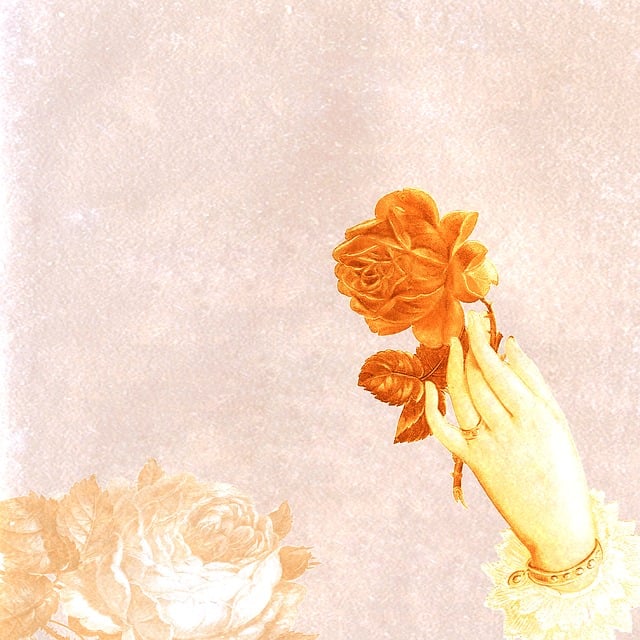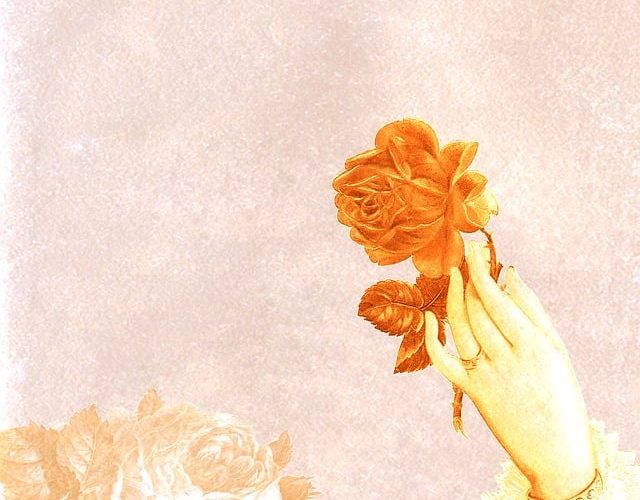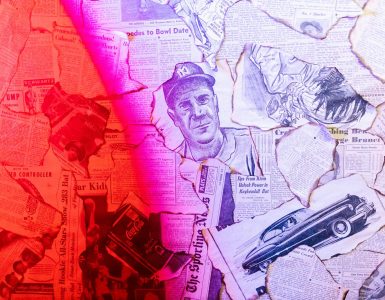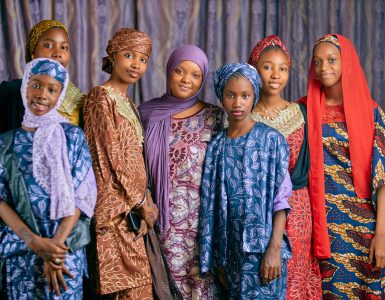The Renaissance ignited a flame of curiosity and individualism that flickered brightly across Europe. Imagine artists like Leonardo da Vinci and Michelangelo, wielding their brushes and chisels as though they were magic wands, transforming mere stone into lifelike figures and painting masterpieces that still leave us in awe today. They moved beyond the dark ages of strict religious themes, diving deep into human experience, emotion, and the beauty of nature. Isn’t it fascinating how the human form became a canvas for exploration, reflecting our very essence?

But the Renaissance wasn’t just about art; it was a cultural game-changer. Think about the rise of science and philosophy. This period saw the birth of the scientific method, as thinkers like Galileo dared to challenge long-held beliefs. They were like explorers venturing into uncharted waters, reshaping our understanding of the universe. What if we could unleash our intellect and question the status quo? That’s the spirit that fueled the Renaissance—a blend of art, science, and literature that redefined what it meant to be human.
So, when you dive into the rich tapestry of the Renaissance, remember: it wasn’t just a moment in time; it was a cultural revolution that still influences our world today, reminding us to embrace creativity, curiosity, and the beauty of human potential.
Art, Literature, and Science During the Era
Let’s dive into art; think about how painters splashed their canvases with revolutionary ideas. Their work wasn’t merely about beauty; it was a commentary on society—a bold statement on the times they lived in. The colors, forms, and perspectives they used didn’t just please the eye—they challenged the status quo, inviting viewers into a conversation about what it meant to be human.
Now, swing over to literature! Poets and writers were like the chroniclers of human experiences, capturing the essence of emotions in mere words. Ever picked up a poem that just spoke to your soul? That’s the magic of literature during this era. It was raw, powerful, and, let’s be honest, often a bit rebellious. Authors would weave stories that made you laugh, cry, and think—sometimes all at once!
And then we have science! Imagine the thrill of discovery, the excitement of tinkering with ideas that would pave the way for our modern understanding. Scientists weren’t isolated in their labs; they mingled with artists and writers, sharing insights and igniting ideas. It’s like a potluck dinner where everyone brings something unique to the table, and the result is a feast of enlightenment.
So, in this rich, intermingling era, art, literature, and science weren’t just separate entities; they were partners in crime, collaborating to shape the way we perceive our world. Each played its part, tuning the orchestra of human thought to create something truly symphonic.
Why It Was a Rebirth of European Culture
During the Renaissance, spanning roughly from the 14th to the 17th century, creativity surged like a river breaking free from a dam. It was a time when artists like Leonardo da Vinci and Michelangelo painted not just with their hands, but with their hearts and minds, creating masterpieces that still leave us in awe today. Ever wondered what it felt like to stand before the Mona Lisa? Her enigmatic smile seems to whisper secrets of human emotion that transcend time.
But it wasn’t just the art scene that flourished. Think about it: the rediscovery of ancient texts sparked a thirst for knowledge, leading to groundbreaking advances in science and philosophy. Figures like Galileo and Copernicus transformed how we viewed our place in the universe, literally turning the world upside down! Their revolutionary ideas paved the way for modern science, proving that curiosity and inquiry can illuminate even the darkest corners of ignorance.
The rebirth didn’t just snap the chains of tradition; it fostered a spirit of individualism. People started to value personal expression and innovation, breaking away from collectivist thinking. Isn’t it amazing how one period combined a love for classical ideas with the desire to forge new paths? That’s the magic of the Renaissance—a beautiful blend of past and future that continues to inspire us today.
























Add comment